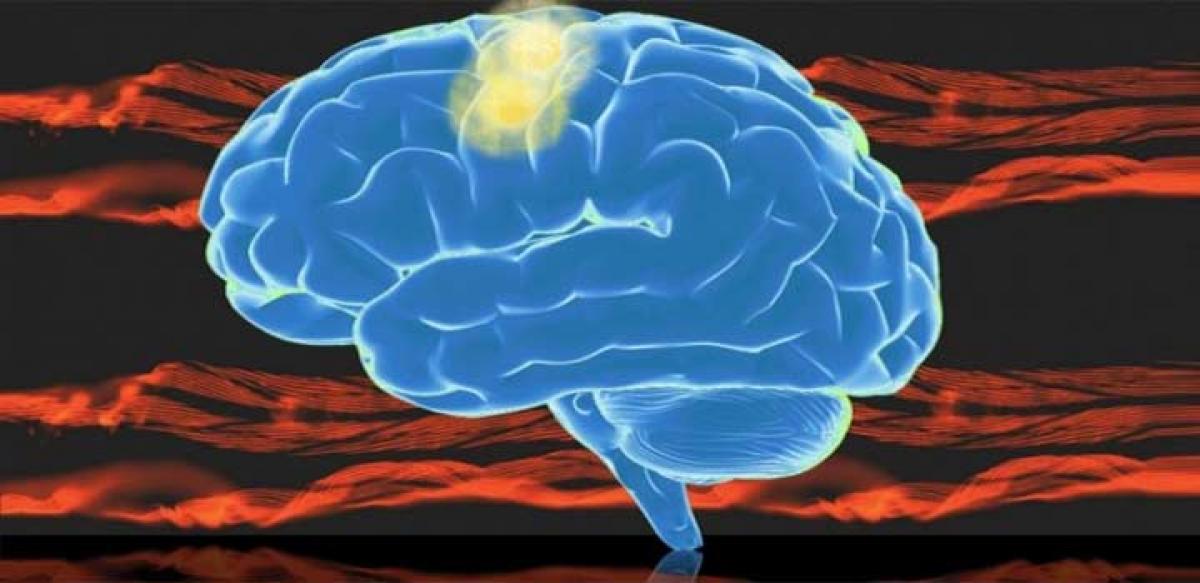Live
- Varun's appointment as AHUDA chief infused new vigour in JSP cadres
- Lokayukta, HRC will remain in Kurnool: Minister Bharath
- S Korea, US, Japan unveil secretariat establishment, slam N Korea-Russia on Ukraine war expansion
- Light to Moderate Rains Expected in Telangana and Andhra Pradesh
- Pilgrims throng Sabarimala temple on opening day of long festive season
- Jwala Thoranam held at Srisailam temple
- Birsa Munda Jayanti celebrated
- Another tigress released in soft enclosure in Similipal
- Coastal defence exercise on Nov 20-21
- Budget allocated for Perur reservoir rekindles farmers’ hope
Just In

Unravelling brain cells\' moods may manage alcoholism. Brain cells also have different moods, according to a new discovery by Indian researchers, a finding that could impact artificial intelligence and management of healthcare issues like autism and alcoholism.
Brain cells also have different moods, according to a new discovery by Indian researchers, a finding that could impact artificial intelligence and management of healthcare issues like autism and alcoholism. These brain cells called Purkinje cells, located in the cerebellum at the base of the brain, are essential for our body's balance, co-ordination and the capacity to learn new skills such as riding a bicycle or playing a piano.
.jpg)
In a recent study, scientists Mohini Sengupta and Vatsala Thirumalai from the National Centre for Biological Sciences (NCBS), Bengaluru, reveal that nerve cells found in the cerebellum send out electrical signals in either a constant hum or in sudden bursts. "Which of the two tunes they choose depends on the voltage across their cell membranes and on input from a specific region of the brain," said Thirumalai.
"Since the Purkinje nerve cells are affected in conditions like alcoholism, autism and ataxias (lack of muscular coordination), the basic understanding of how they function can help in devising therapies to improve motor skills," Thirumalai said. In addition, the findings may also aid in designing better robots.
Published recently in the journal eLife, the study carried out in zebra fish (a fresh water fish found in the Ganga and Brahmaputra) showed that Purkinje cells send out electrical signals in two different modes depending on the voltage at their cell surfaces. The first mode, called the 'down' state, occurred when the inside of the cell was more negative compared to the outside.
In this state, cells were silent until signals from a different part of the brain arrived, at which time, they sent out a burst of impulses. In the second mode, called the 'up' state, the inside of the cell was less negative compared to the outside and Purkinje cells sent out impulses at a constant rate.
In this mode, these cells ignored any impulses coming from other parts of the brain, the researcher said. These states are reminiscent of a person attentively listening to directions and responding accordingly, or simply 'zoning out' and going their own way irrespective of instructions.

© 2024 Hyderabad Media House Limited/The Hans India. All rights reserved. Powered by hocalwire.com







